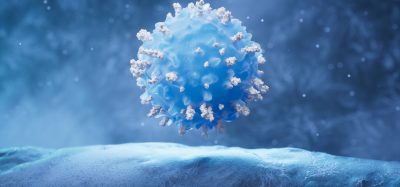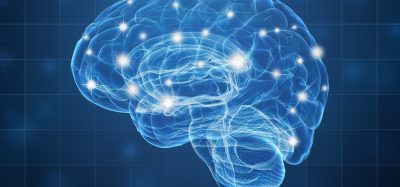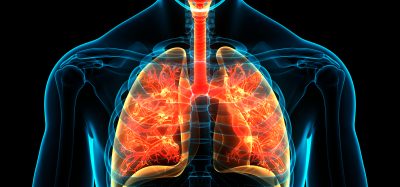Improving brain resilience: Rab proteins and future treatments
Posted: 16 October 2025 | Drug Target Review | No comments yet
New research has discovered how Rab proteins control the delivery of critical supplies to strengthen neural connections, providing researchers with important insights into memory formation and potential strategies for Alzheimer’s resilience.


Synaptic potentiation occurs when we form a memory. Active connections between neurons strengthen in the brain due to structural changes that grow these connections and make them more open to incoming messages. Making this happen requires an advanced and logistical operation within the neuron to accurately deliver the necessary supplies to remodel the connection.
Cellular railroad switches guide neural supplies
A large family of cellular switches, known as Rab proteins, regulates the flow of supplies in cells with different proteins directing materials in different directions. To study how these cellular switches operate during synaptic potentiation, researchers developed biosensors to measure the activity of Rab switches and the specific supplies needed to strengthen neural connections.
“These biosensors give us a window into how these molecular switches behave in real time, at the level of single spines,” said Dr Jie Wang, lead author of the study. “By understanding which and how Rab proteins are regulated during synaptic potentiation, we can begin to understand the logistical complexity that is required to strengthen neuronal connections when we form a memory.”
Rab4 and Rab10: opposing roles in memory formation
A new study by the Max Planck Florida Institute for Neuroscience and Weill Cornell Medicine has discovered that changes in Rab4 and Rab10 switches were both crucial during the strengthening of neural connections, but the two switches worked in opposition. When Rab4 was activated, it boosted the strengthening of neural connections, whereas Rab10 activation decreased it.
The study discovered that changes in Rab4 and Rab10 switches were both crucial during the strengthening of neural connections
“Our findings suggest that during synaptic plasticity, we have a local and coordinated logistical operation to rapidly turn on Rab4 to increase the delivery of supplies to the surface of the growing connection and at the same time turn off the Rab10 switch that might be directing supplies away from the surface and toward disposal,” explained MPFI Scientific Director and senior author Dr Ryohei Yasuda.
To test this mechanism, the scientists tracked the delivery of neurotransmitter receptors, a crucial supply for strengthening neural connections. These receptors receive messages from connected neurons – the more receptors present, the easier it is for a signal to be transmitted. The team found that Rab4 activation directed more receptors to the neural connection, while Rab10 activation redirected them away.
Implications for Alzheimer’s resilience
These discoveries highlight the essential role of Rab cellular switches in memory formation. Because gene variants in Rab10 have been linked to resilience against Alzheimer’s disease, the findings could lead to new strategies for protecting memory in neurodegenerative conditions.
These discoveries highlight the essential role of Rab cellular switches in memory formation.
“I am excited about the potential for the tools and findings from this project, particularly for Rab10, to advance studies in Alzheimer’s resilience and Rab10 as a potential as a therapeutic target,” said Dr Yasuda. “Beyond that, we have created a library of tools that will help us, and other scientists, study the complex logistical operations essential for all cellular functions.”
Related topics
Drug Targets, Molecular Biology, Neurons, Neurosciences, Therapeutics, Translational Science
Related conditions
Alzheimer's
Related organisations
Max Planck Florida Institute for Neuroscience, Weill Cornell Medicine








